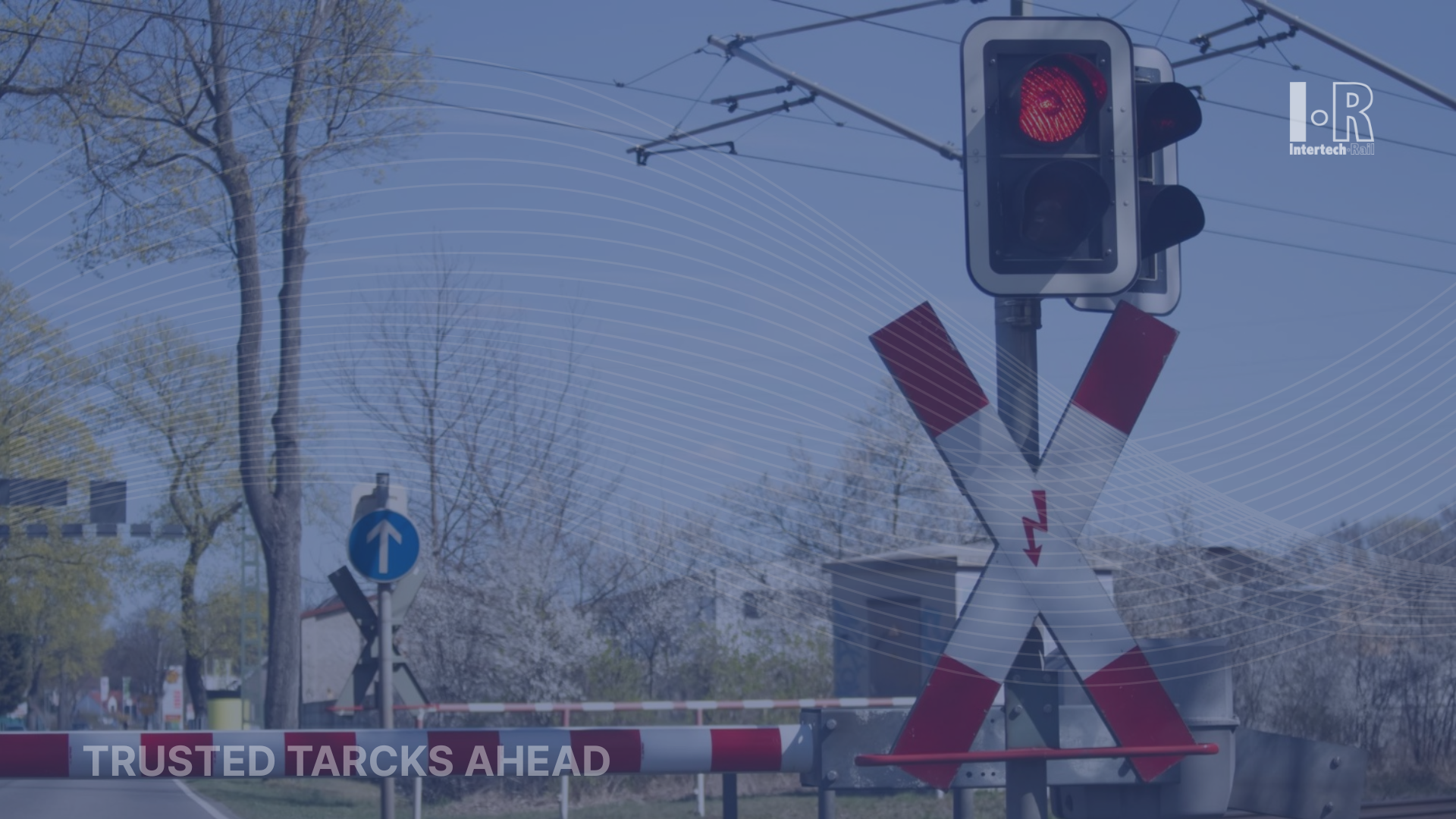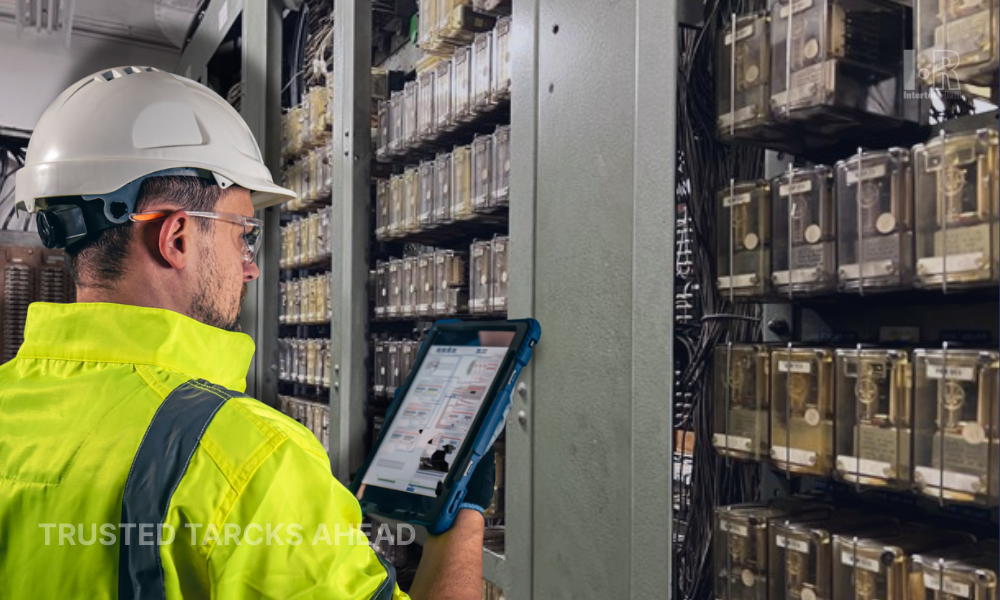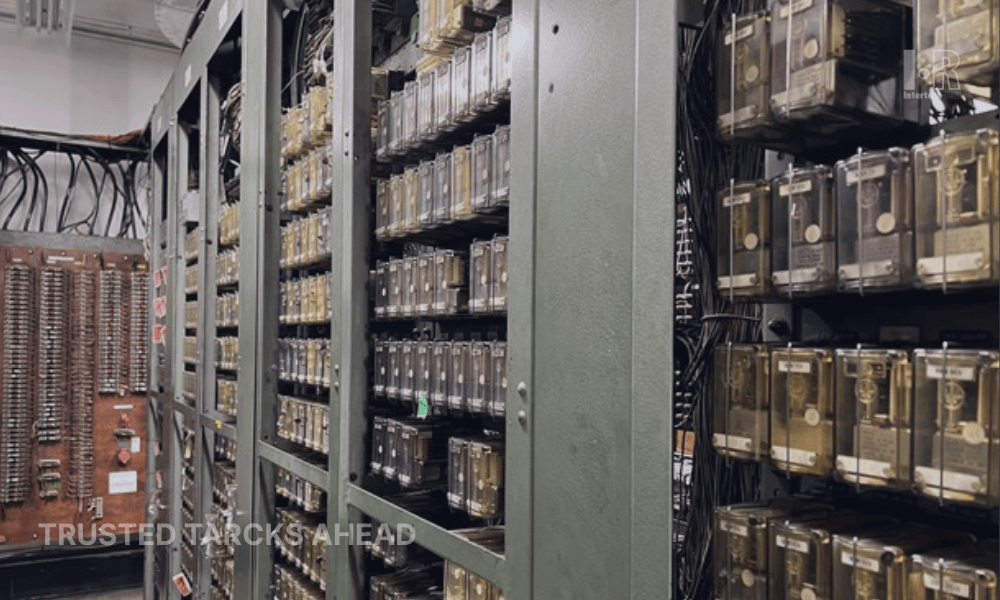Fail-Safe Rail Systems & Standards
Fail-Safe Rail Systems & Standards

Fail-Safe Rail Systems: What the Standards Really Require
In railway engineering,
safety is not optional— The idea of fail-safe design, which states that systems must fail in a way that avoids mishaps or injuries, is at the core of this ideology.
The industry uses clear safety standards, particularly the AAR (Association of American Railroads) standards in North America and the CENELEC EN 5012x series in Europe, to direct this strategy. Even in the event of a malfunction, these frameworks guarantee that onboard systems and infrastructure react reliably and safely.
Understanding Fail-Safe Design in Rail Systems
The deliberate engineering of systems to ensure that any breakdown results in a safe state is known as fail-safe design. In order to prevent escalation, the railway industry frequently resorts to stopping a train, shutting off a signal, or isolating a malfunctioning component.
Key examples:
- If a signal controller loses power, the signal turns red.
- If a track circuit fails, it is interpreted as “occupied” to avoid collisions.
- If onboard communication is lost, the train applies brakes automatically.
These aren’t bugs — they’re features, designed to preserve life and protect infrastructure under uncertainty.
CENELEC Standards: Functional Safety in Europe
Functional safety in European railway systems is based on the CENELEC EN 5012x series, which includes:
- EN 50126 – System lifecycle and RAMS (Reliability, Availability, Maintainability, Safety)
- EN 50128 – Software requirements for railway control and protection systems
- EN 50129 – Safety requirements for signaling systems
Key CENELEC Requirements:
- Hazard analysis and risk assessment at every lifecycle phase
- Safety Integrity Levels (SILs) that define the reliability targets for functions
- Redundancy, diagnostics, and safe degradation paths
- Verification & validation (V&V) to ensure correct behavior in all conditions
CENELEC guarantees that systems stay in or transition to a known-safe condition even in the event of hardware or software failure.
AAR Standards: Reliability in Harsh Operating Environments
Interoperability, safety, and durability in rail operations—particularly when dealing with large freight—are governed in North America by the AAR Manual of Standards and Recommended Practices.
Key AAR Safety Requirements:
- Equipment must tolerate shock, vibration, temperature extremes, and EMI
- Fail-safe logic is built into locomotive electronics and wayside interfaces
- Emphasis on interoperability and modular redundancy
- Frequent focus on braking systems, AEI (RFID), and communicationsDIVA Portal
Although AAR does not employ the same SIL classification scheme as CENELEC, its guiding objectives are similar: reduce risk and preserve system integrity even in the face of environmental or fault stress.
The Critical Role of Fail-Safe in Modern Rail Operations
The use of digital signaling in railway networks, such as CBTC, PTC, and ETCS, makes fail-safe design increasingly crucial and complicated. Systems must :
- Detect internal failures instantly
- Trigger fallback modes automatically
- Log fault events for forensic and maintenance analysis
Additionally, automated diagnostics, predictive maintenance, and integration with AI-driven analytics are supported by fail-safe architecture.
Fail-Safe Technologies by IntertechRail
At IntertechRail, software and hardware are designed with fail-safe concepts in mind. From roadside control units and onboard sensors to RAILID® RFID systems, our solutions are made to function dependably and fail safely in real-world scenarios like dust, vibration, and extremely high or low temperatures.
For railway operators around the world, our development strategy ensures compliance, robustness, and confidence by being in line with both the CENELEC and AAR frameworks.
In addition to being sound engineering, fail-safe design is required by law and is also morally right. Understanding and implementing the CENELEC and AAR standards is essential to building a railway environment that can withstand failure while preserving what counts, whether you're implementing AEI in North America or modernizing a signaling system in Europe.
Want to ensure your rail system is fail-safe and standards-compliant?
Talk to IntertechRail to learn how our proven solutions help you build safer, smarter railways — worldwide.




